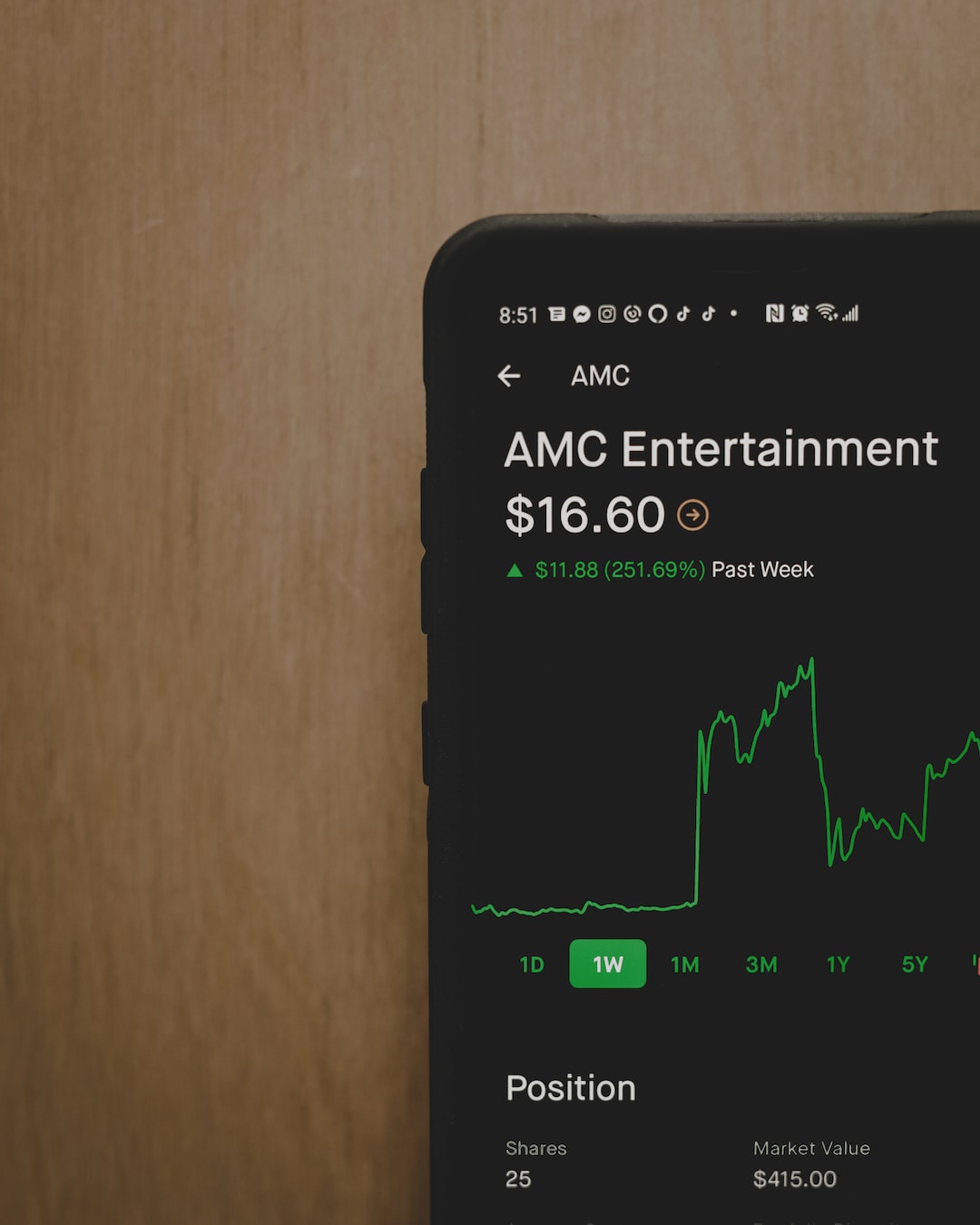Forex trading is a complex and exciting field of investment that involves buying and selling currency pairs from different countries. One of the essential tools that traders use to make informed decisions is flag patterns. Flags are technical indicators that provide traders with information about the market’s direction, momentum, and potential price targets. In this article, we will explore how to read flags in forex, their types, and how to use them in your trading strategy.
What are flags in Forex?
A flag is a technical pattern that appears on a chart when the price of a currency pair consolidates after a rapid upward or downward move. When there is a strong trend in the market, the price will often pause, and traders will take profits or enter new positions, causing a brief consolidation period. During this time, the price creates a rectangular-shaped pattern that resembles a flag, hence the name.
Flags can be bullish or bearish, depending on the direction of the previous trend. Bullish flags form after an upward move, while bearish flags form after a downward move. Flags are powerful indicators because they signal to traders that the market is taking a break before continuing its previous trend. This pause in the market can be an excellent opportunity for traders to enter new positions or add to their current ones.
Types of Flags in Forex
There are two main types of flag patterns in forex: bullish and bearish flags. Let’s take a closer look at each of them.
Bullish Flag
A bullish flag is a continuation pattern that forms after an upward move in the market. The flag pattern consists of a sharp upward move (the flagpole) followed by a brief consolidation period (the flag). The flag is often characterized by a downward sloping trendline that connects the highs of the consolidation period. The flagpole’s height is used to predict the potential price target once the pattern is confirmed.
To confirm a bullish flag pattern, traders wait for the price to break above the trendline and continue in the direction of the previous trend. A bullish flag is a bullish signal, indicating that the market is likely to continue its upward move.
Bearish Flag
A bearish flag is a continuation pattern that forms after a downward move in the market. The flag pattern consists of a sharp downward move (the flagpole) followed by a brief consolidation period (the flag). The flag is often characterized by an upward sloping trendline that connects the lows of the consolidation period. The flagpole’s height is used to predict the potential price target once the pattern is confirmed.
To confirm a bearish flag pattern, traders wait for the price to break below the trendline and continue in the direction of the previous trend. A bearish flag is a bearish signal, indicating that the market is likely to continue its downward move.
How to Use Flags in Forex Trading
Flags are powerful technical indicators that can be used in various ways in forex trading. Here are some ways traders can use flags in their trading strategy:
1. Confirm a Trend
Flags can be used to confirm the direction of a trend. If the market is in an uptrend, a bullish flag pattern can confirm that the trend is likely to continue. On the other hand, if the market is in a downtrend, a bearish flag pattern can confirm that the trend is likely to continue.
2. Identify Entry and Exit Points
Traders can use flag patterns to identify potential entry and exit points. When a flag pattern is confirmed, traders can enter a position in the direction of the previous trend. They can also use the height of the flagpole to set a price target for their trade.
3. Manage Risk
Flags can be used to manage risk by setting stop-loss orders. Traders can place a stop-loss order below the low of a bullish flag pattern or above the high of a bearish flag pattern. This way, if the price moves against their trade, they can exit the position with a minimal loss.
Conclusion
Flags are powerful technical indicators that can provide traders with valuable information about the market’s direction, momentum, and potential price targets. By understanding how to read flags in forex, traders can use them to confirm trends, identify entry and exit points, and manage risk. While flags are not foolproof, they are an essential tool in any trader’s arsenal and can help increase their chances of success in the forex market.






